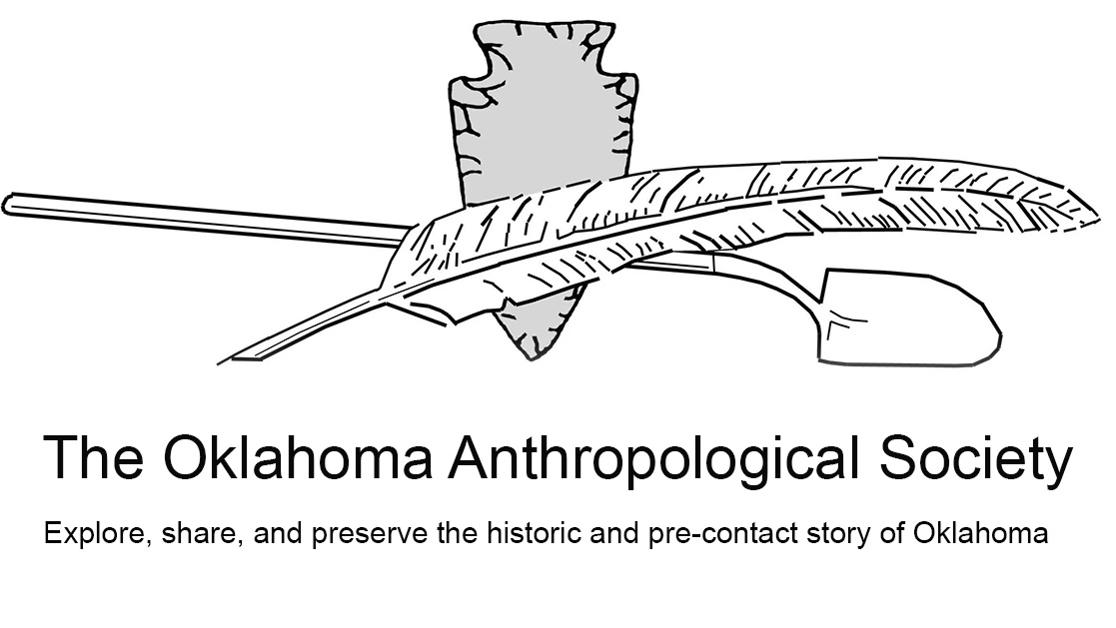USAO professor speaks at Oklahoma Anthropological Society meeting

Dr. Rachel Jones, associate professor of biology and environmental science and dean of the school of science and physical education, at the University of Science & Arts of Oklahoma was the featured speaker at the April meeting of the Cleveland County chapter of the Oklahoma Anthropological Society at the Sam Noble Museum of Natural History in Norman.
Her talk, “Did They or Didn’t They? The Role of Paleocology in Interpreting the Human Role in Ecosystem Change,” described how the techniques of Jones’ discipline can be used in archeological investigations to interpret patterns of humanity’s use of land. These methods can be combined with archeological information from surveys and ethnographic sources to identify correlations between shifts in cultural practices like agriculture and fire practices to shifts in vegetation community structure.
“It was such a wonderful experience speaking to this crowd of scholars and others enthusiastic about the study of humanity and our influence on our environment,” said Jones. “In my talk, I introduced them to the different palaeoecological techniques that I use, such as the analysis of pollen, charcoal, macrofossils and phytoliths. I then discussed two research projects I have been working on, including the shifting fire practices in the longleaf pine savanna in the southeastern United States and the environmental reconstruction at the site of Ubediya in Israel.”
A paleoecologist, Jones studies the interactions between organisms and their environments across geologic timescales. The discipline uses fossils and subfossils to reconstruct past ecosystems and study how they evolved. It requires considering the complex interactions between myriad environmental factors such as temperature, food supply and sunlight as well as the inherent incompleteness of the fossil record.
Amateur and professional archaeologists formed the Oklahoma Anthropological Society in 1952 to promote the study of the state’s past. Anyone with an interest in Oklahoma’s pre-contact and historical world is welcome to join, and each year bring new discoveries as archaeologists detail the intriguing story of the area’s human occupation.
For more information, contact Jones at 405-574-1252 or rjones@usao.edu.
